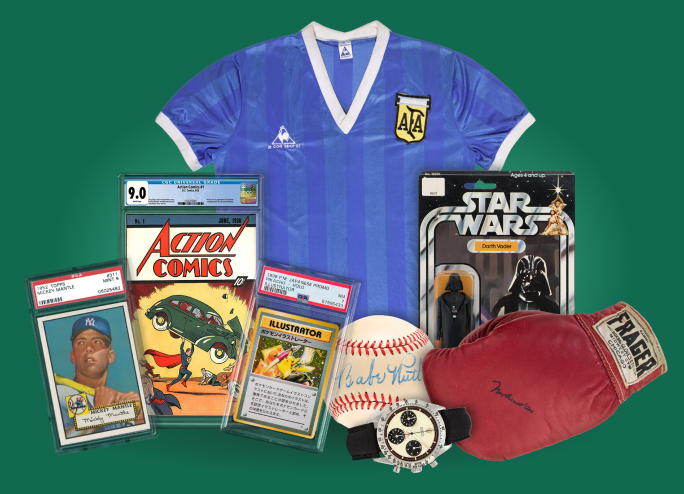
In Collectors MD
collectorsmd
Oct 5
Daily Reflection: The Chemistry Behind Compulsion
Published October 05, 2025 | By Alyx E, Founder of Collectors MD
By way of disclaimer: I’m not a licensed therapist, doctor, scientist, or mental health professional. I’m simply a collector who has witnessed and lived through the struggles of compulsion, and someone leading a movement that’s needed attention for far too long. What follows isn’t clinical advice—it’s perspective, shaped by experience, observation, and the voices of others walking the same path.
Addiction is rarely just about the thing itself. It’s not only the drink, the drug, the slot machine, or the sealed box of cards—it’s the brain’s response to them. Every pull of the slot lever, every pack ripped, every “Bid Now” clicked online triggers the same neurological system: dopamine release. Dopamine is often misunderstood as the “pleasure chemical”, but in reality, it’s more about anticipation and reward. It fuels that rush when you’re about to reveal the last card in a break, or when the delivery driver drops another padded envelope at your door.
What’s remarkable is that gambling and ripping packs aren’t substances we put into our bodies. There’s no pill, no powder, no drink—and yet the effect can be just as consuming. The ‘drug’ is the brain’s own chemistry, activated over and over by chance, anticipation, and reward. That’s what makes it so deceptive: because there’s nothing physical to point to, it’s easy to dismiss or minimize the hold it can take.
Here’s where the science cuts even deeper: dopamine spikes are only half the story. The other half is what happens in between. Over time, when the brain is conditioned to expect those spikes, your baseline levels begin to drop. Everyday life feels flatter. The simple joys that once gave you satisfaction—time with family, a meal you love, a quiet night’s rest—start to pale in comparison to the chemically charged high of “what’s next”.
In the quiet glow of the chase, the promise of ‘what’s next’ can eclipse the simple joys we once held close.
And it doesn’t stop there. The more often you chase the rush, the harder it becomes to hit that same high again. In all forms of addiction recovery, we call this “chasing the dragon”. Your brain adapts, raising the threshold. That’s why collectors who start with a handful of inexpensive raw singles often graduate to graded slabs, cases, breaks, or auctions far beyond their means. The hobby shifts from being a source of joy to being a neurological arms race—a desperate push for a peak that keeps moving out of reach.
Understanding this doesn’t make the pull disappear, but it does give us language to face it. Compulsion is not weakness; it’s chemistry. When we name it for what it is, we take back some power. We can begin to retrain the brain—finding healthier spikes in connection, accountability, and intention instead of in the endless chase.
Because the truth is simple: the cards themselves don’t hold the high. The rush does. And that’s exactly why we need to step back and remember that collecting was never meant to replace living—it was meant to enrich it.
#CollectorsMD
Awareness is the first antidote—naming the science helps us reclaim the story.
—
Follow us on Instagram: @collectorsmd
Subscribe to our Newsletter & Support Group
Join The Conversation On Mantel
Read More Daily Reflections

